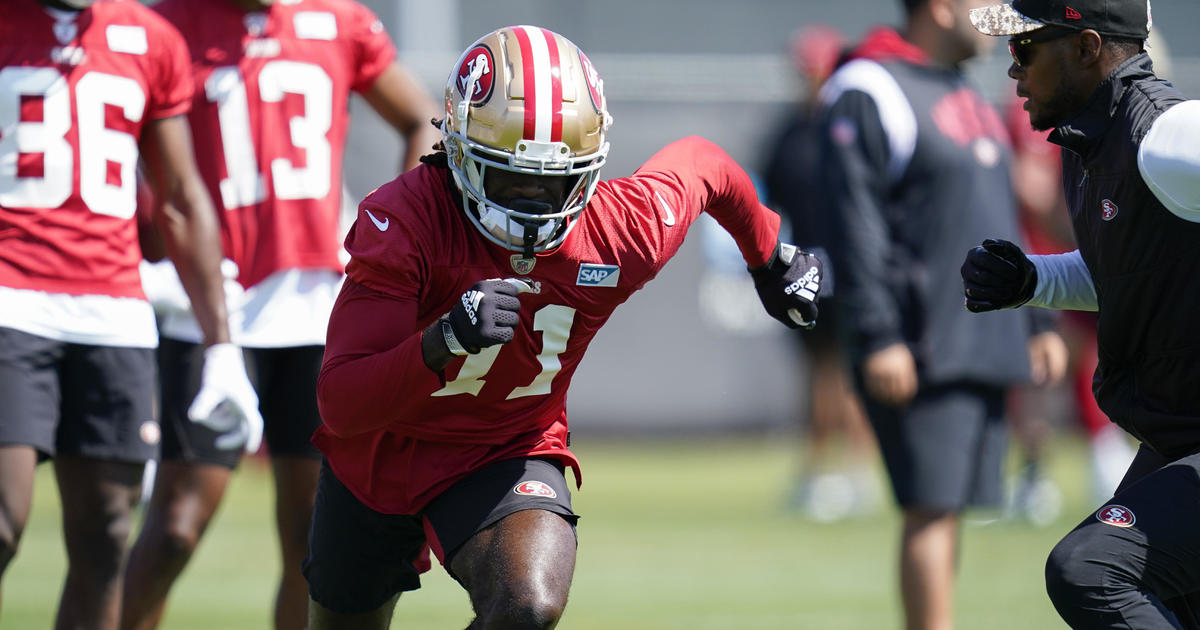StarDate: Moon and Mercury
FROM THE UNIVERSITY OF TEXAS McDONALD OBSERVATORY, AS HEARD ON KCBS RADIO WEEKDAYS @ 9:52 A.M., 7:35 P.M. & 2:52 A.M.
STARDATE 5/30/2014: The skywatching weekend gets off to a ghostly start this evening with an encounter between the Moon and the planet Mercury. The Moon looks like a pale version of its full glory. And Mercury is as elusive as a ghost — a planet that's rarely seen.
The Moon is just moving up and away from the Sun after passing between Earth and the Sun on Wednesday. Because of our viewing angle, sunlight will illuminate only about five percent of the lunar hemisphere that faces our way this evening. It's nighttime across the rest of the lunar disk.
Yet we can see the entire disk thanks to earthshine — sunlight reflected off of Earth. In fact, as seen from the Moon, Earth is almost full right now. And because Earth is much bigger and brighter than the Moon, it casts a lot of light into space — making the lunar nightside glow like a celestial phantom.
Mercury earns its phantom-like reputation for its location — it's the closest planet to the Sun. So from our more-distant orbit, Mercury never moves far from the Sun. At best, it's visible for a little while after sunset or before sunrise — and even then it's quite low in the sky, so it's easy to miss. It's easiest to spot when it's close to some other bright object — like the Moon.
Look for Mercury close to the right of the Moon beginning about 20 or 30 minutes after sunset. They drop from sight quickly, so there's not much time to pursue these ghostly apparations in the evening sky.
Script by Damond Benningfield Copyright ©2014 The University of Texas McDonald Observatory



